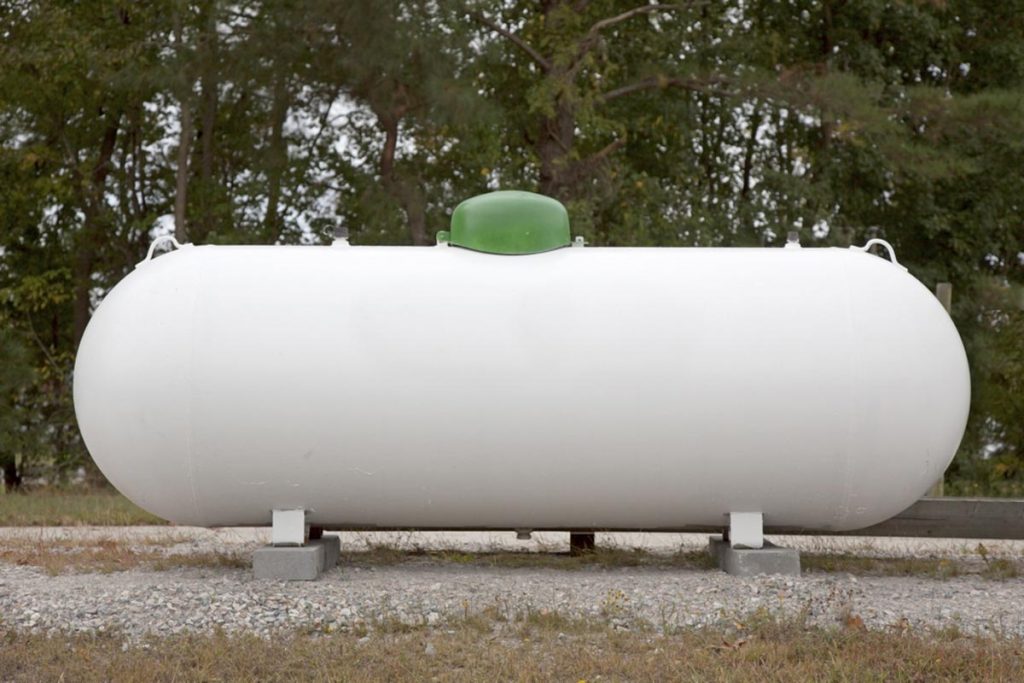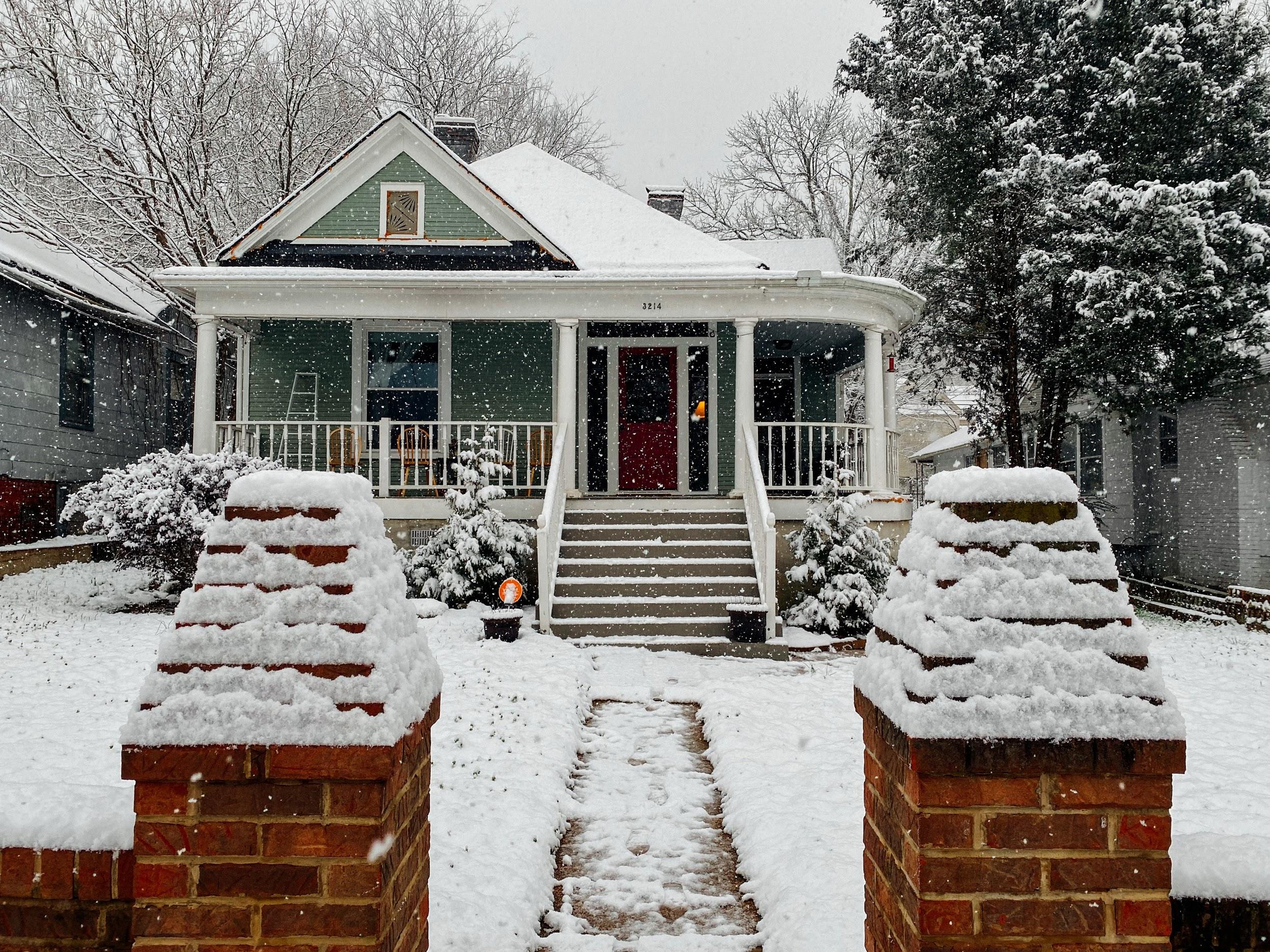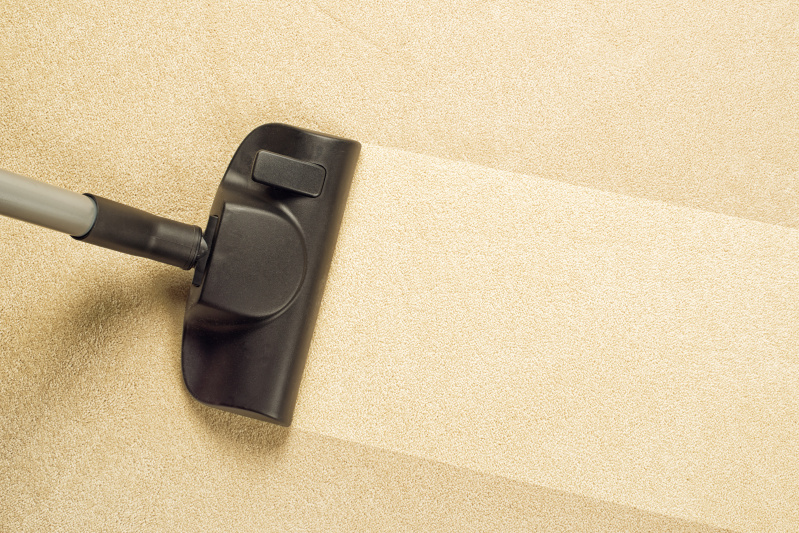When using propane gas, the containers can be as small as a 20lb. bottle – which might be used for a BBQ in the backyard – but equally, they can be 120-gallon (420 lbs.) bottles. Nevertheless, regardless of the bottle size, many of the same precautions apply to keep everyone safe. If you are not sure at all about the workings of propane gas leave it to the professionals. Check out your local places that offers delivery services. Nelson Propane Gas provides reliable propane gas delivery to residential, commercial, and industrial customers across Texas.
Here are some of the main do’s and don’ts for propane use and storage.
Do Source a Local, High-Quality Supplier
While propane is a more affordable energy source than electricity, it’s still not used by everyone. Therefore, it’s beneficial to seek out a responsible, conscientious local supplier to obtain Orlando propane gas at a reasonable rate.
Propane must be stored appropriately to ensure it remains safe to use. Also, how it’s delivered and refilled in the portable gas tanks is important too. One supplier, Discount Propane has been serving Floridians in and around the Orlando area for over three decades. To learn more about their excellent service, check out their website: discountpropaneinc.com.
Don’t Store the Propane Cylinder Tank Indoors
Propane gas should always be stored in an outdoor location. Typically, this is a covered area, but with open sides to allow for the possible vending of gas.
The risk with any type of gas is a potential leakage that builds up in a container area. Should someone accidentally ignite the gas, this can be a serious safety hazard. As a result, gas cylinders of whatever size must be stored external to the main residence.
Do Pay Attention to Other Safety Requirements
Here are some basic safety processes to follow:
- Always store propane cylinders in an upright orientation; never on their side.
- After bringing a cylinder out to use it (such as with a BBQ), disconnect it, cover the valve, and remove it from the ignition source.
- Cover any hose-end fittings or burner intakes using caps or plastic bags to protect them from the elements, and from letting in dirt or insects. If you have more than one cylinder, you may want to invest in a storage. You can go here to see which one will fit your needs.
- Let gas grills cool down before replacing their cover to avoid trapping any residual heat or gas within the cooking equipment.
- Use a leak detection device to check for leaks before opening the gas cylinder valve (don’t use a lighter or a match to do this because it could ignite).
- In the event of a fire or gas release, move all people and household pets away and call the Fire Service.
Don’t Worry Too Much About Degradation of the Propane or Tank
Propane tanks are robust and reliable when kept in the right conditions.
Tanks are usually acceptable to be used and refilled for many years as long as the container and valve are both treated appropriately. Should any issues appear, the tank should be replaced.
Propane gas inside a reliable tank is usually safe and usable for at least 10 years and often much longer than this. As such, its shelf life is far better than with either diesel or gasoline.
As long as reasonable precautions are taken, propane is a reliable, safe, and more affordable choice for energy supply. Its portability is also highly advantageous too.






One Comment
Afton Jackson
Thank you so much for your storage tips on how to handle propane properly and safely. We recently had a lot of propane appliances like heaters and furnaces installed, and I have been enjoying how efficient they are recently. To enjoy these appliances in a safe and more affordable way, I’ll look for a residential propane provider in the area and have them assist me with proper storage.